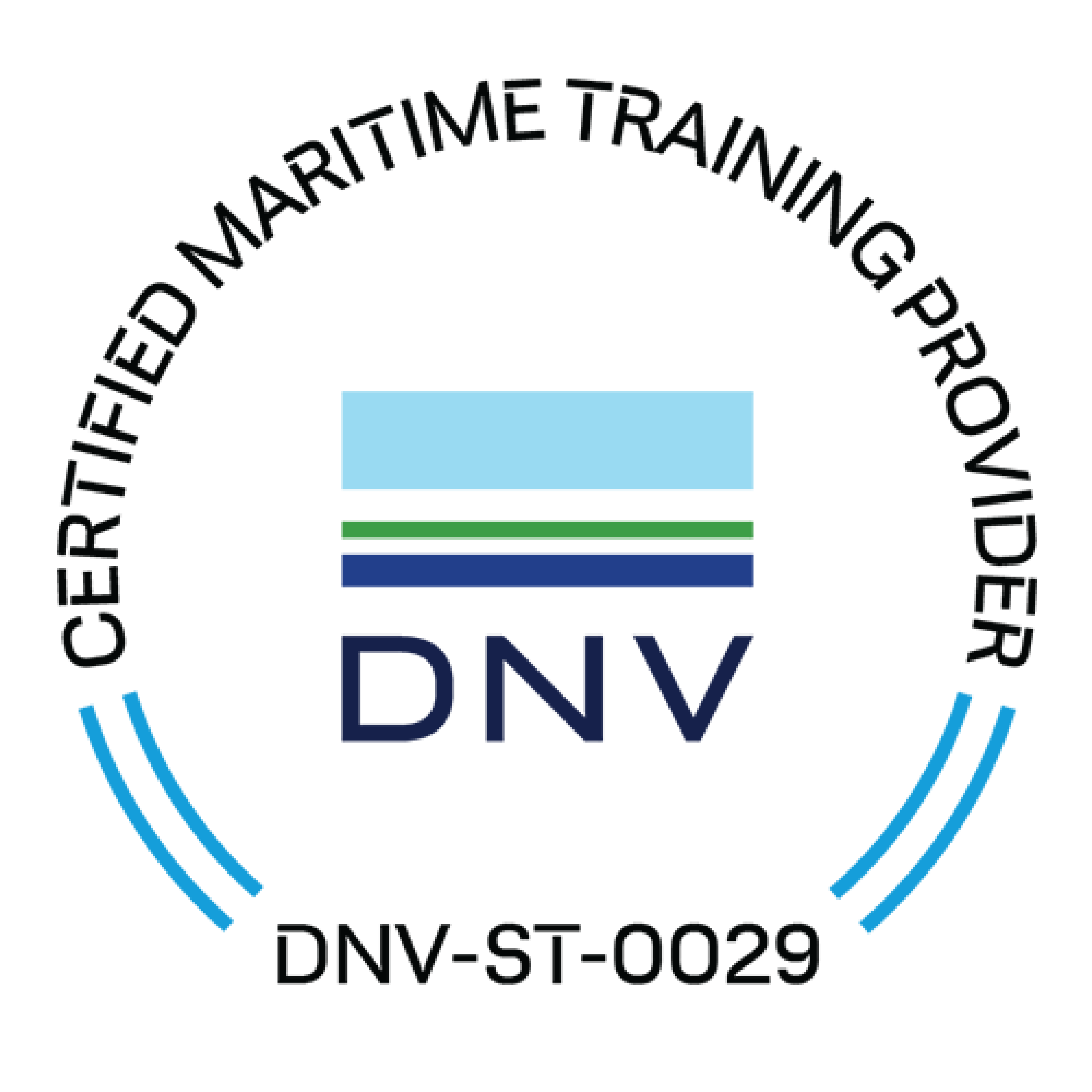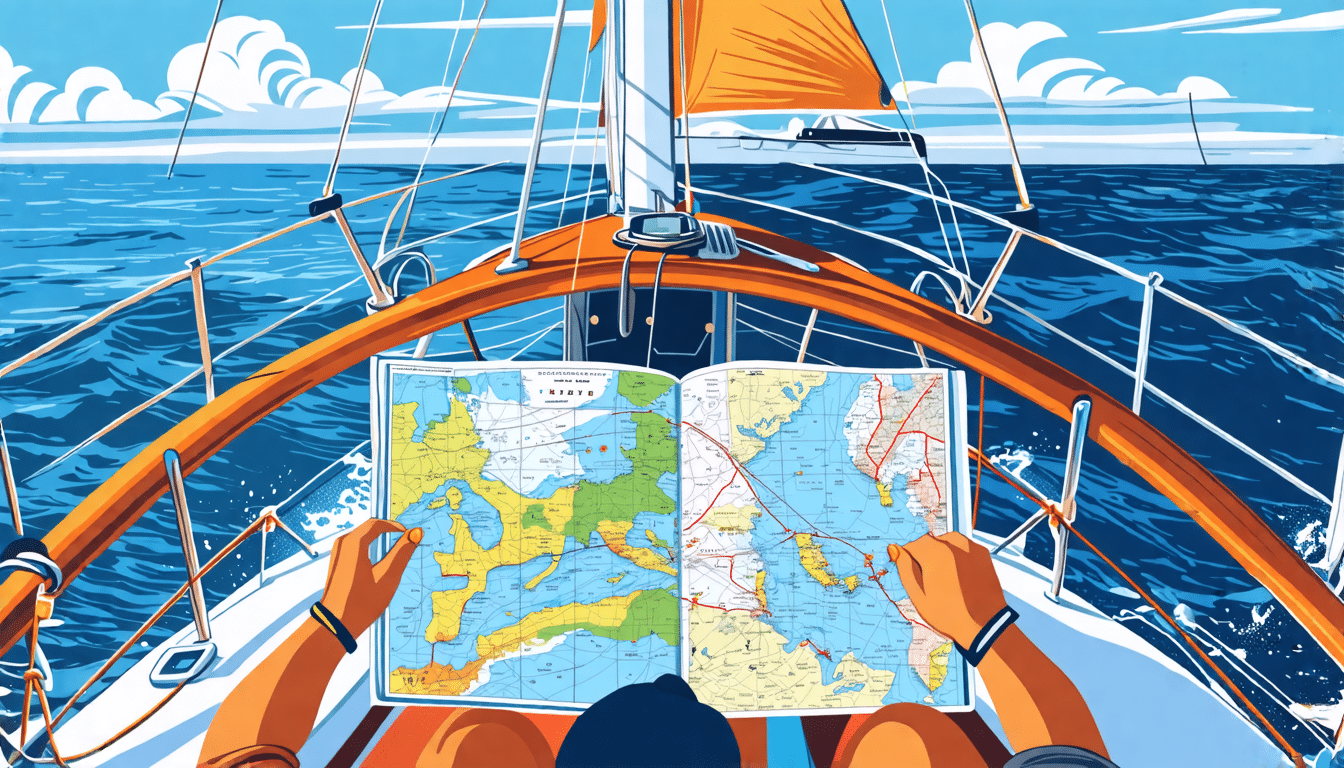In an era where maritime security is of utmost importance, understanding the ISPS Code is crucial for aspiring port security officers. The ISPS (International Ship and Port Facility Security) Code was introduced to enhance the security of ships and port facilities worldwide, ensuring that maritime activities operate safely and securely. For individuals looking to embark on a career in port security, gaining the right knowledge and training is essential. This article will delve into the key components of the ISPS Code, outline the training requirements, and highlight the importance of compliance and best practices in the maritime security sector. Furthermore, we’ll introduce you to the PFSO Course offered by Virtual Maritime Academy, a DNV Certified Maritime Training Provider, designed to give professionals the competitive edge they need in this vital field.
Learn More about our PFSO/MFSO Course!
Key Takeaways
- The ISPS Code outlines international security standards for ports and ships.
- Key components of the ISPS Code include risk assessment and security plans.
- Aspiring port security officers must complete specific training to effectively implement the ISPS Code.
- Compliance with the ISPS Code is crucial for global maritime security and safety.
- Adopting best practices in port security enhances resilience against security threats.
Introduction to the ISPS Code
The International Ship and Port Facility Security (ISPS) Code is a crucial component of global maritime security, designed to enhance the security of ships and port facilities. Understanding the ISPS Code: Essential Training for Aspiring Port Security Officers is imperative for those looking to forge a successful career in this field. This code, established by the International Maritime Organization (IMO), mandates the implementation of security measures in shipping and port operations, ensuring the safety of marine transport against threats such as terrorism, piracy, and other illegal activities. For individuals committed to excelling in port security, thorough training is vital, and the Virtual Maritime Academy offers a DNV Certified PFSO Course that equips aspiring Port Facility Security Officers with the knowledge and skills necessary to navigate these regulations effectively. By enrolling in this certified course, candidates can confidently interpret the ISPS Code and implement robust security measures, thus becoming integral assets to their organizations.
Key Components of the ISPS Code
Understanding the ISPS Code: Essential Training for Aspiring Port Security Officers is crucial for ensuring maritime security and compliance with international regulations. The International Ship and Port Facility Security (ISPS) Code, developed by the International Maritime Organization (IMO), provides a framework for enhancing security in ports and on ships. Key components of the ISPS Code include risk assessment procedures, the establishment of security plans, and routine drills and exercises that ensure personnel are prepared for any maritime security threats. Training for Port Facility Security Officers (PFSO) under this code emphasizes the importance of identifying vulnerabilities and implementing appropriate measures to mitigate risks. By engaging in DNV Certified courses, such as those offered by the Virtual Maritime Academy, individuals can gain valuable insights into the application of the ISPS Code, equipping them with the knowledge and skills necessary to maintain a secure maritime environment.
‘The only thing worse than training your employees and having them leave is not training them and having them stay.’ – Henry Ford
Learn More about our PFSO/MFSO Course!
Training Requirements for Port Security Officers
Understanding the ISPS Code: Essential Training for Aspiring Port Security Officers is crucial for those seeking a career in port security and maritime safety. The ISPS Code, or International Ship and Port Facility Security Code, was established to enhance maritime security against potential threats and vulnerabilities. To comply with these standards, aspiring Port Security Officers (PSOs) must undergo specialized training that equips them with essential knowledge and skills. This includes understanding security assessments, implementing security plans, and familiarizing themselves with the roles of both the Port Facility Security Officer (PFSO) and other stakeholders within the maritime environment. Virtual Maritime Academy, a DNV Certified Maritime Training Provider, offers a comprehensive PFSO Course that is also DNV Certified, ensuring that participants receive the highest quality training. This accredited course not only covers the intricacies of the ISPS Code but also prepares individuals to tackle real-world security challenges in ports, making it an invaluable resource for those looking to excel in this field.
Importance of Compliance and Best Practices
In today’s maritime industry, compliance with international regulations is paramount, especially for those entering the field of port security. Understanding the ISPS Code: Essential Training for Aspiring Port Security Officers is crucial for ensuring that maritime facilities operate to the highest security standards. The International Ship and Port Facility Security (ISPS) Code was established to enhance the security of ships and port facilities, making it essential for security personnel to receive comprehensive training. The Virtual Maritime Academy, recognized as a DNV Certified Maritime Training Provider, offers an exceptional PFSO Course that equips participants with the knowledge and skills necessary to manage port facility security effectively. By adhering to the best practices outlined in the ISPS Code, aspiring Port Security Officers not only fulfill legal requirements but also contribute to safeguarding global trade and enhancing maritime safety.








 This achievement reflects the hard work, dedication, and high standards that Virtual Maritime Academy upholds in every facet of its operations. The DNV certification rigorously evaluates the effectiveness of our programs, ensuring that they meet international quality, transparency, and operational efficiency standards.
This achievement reflects the hard work, dedication, and high standards that Virtual Maritime Academy upholds in every facet of its operations. The DNV certification rigorously evaluates the effectiveness of our programs, ensuring that they meet international quality, transparency, and operational efficiency standards.








